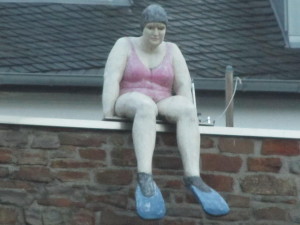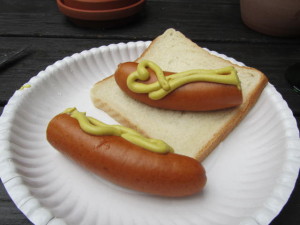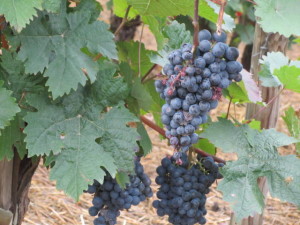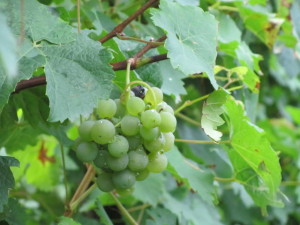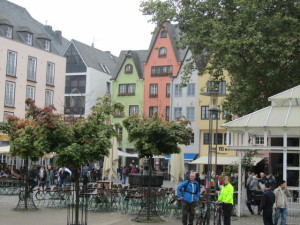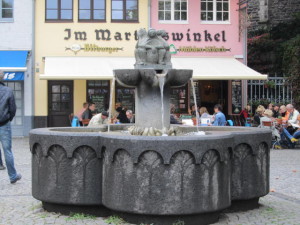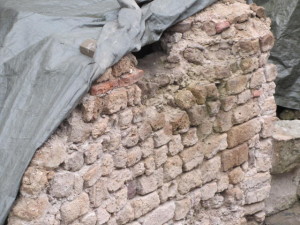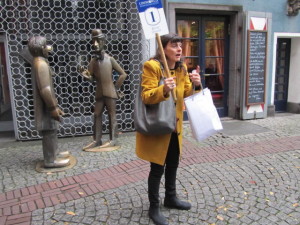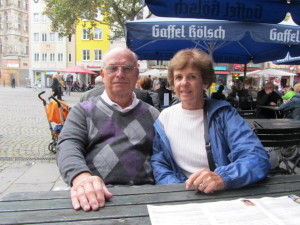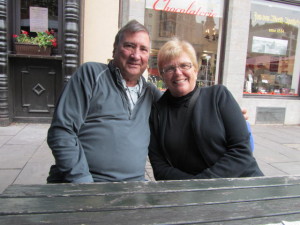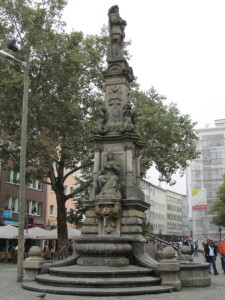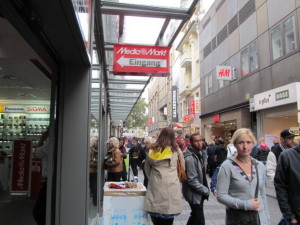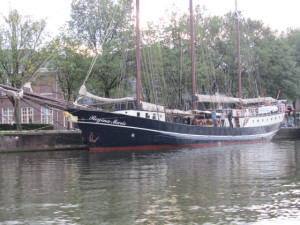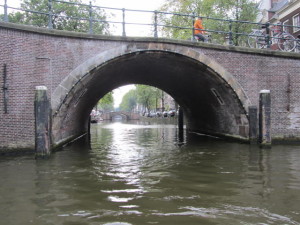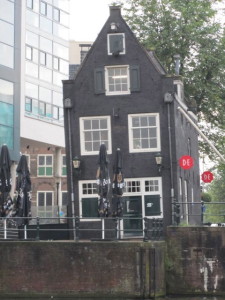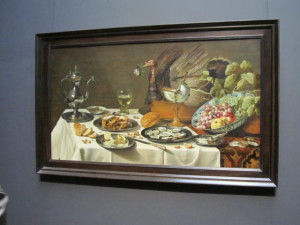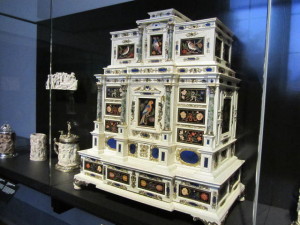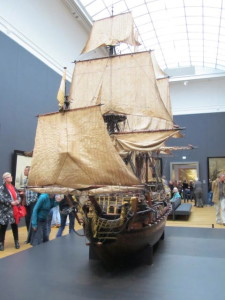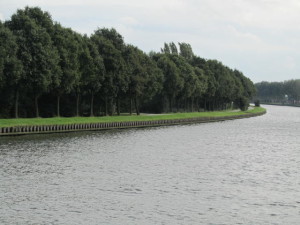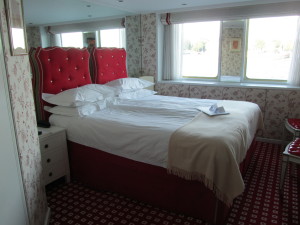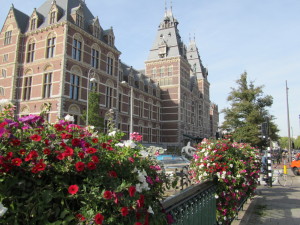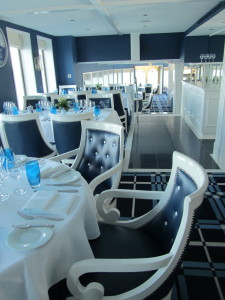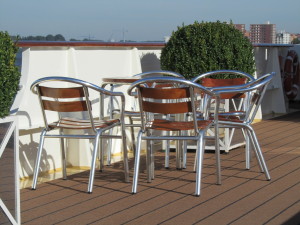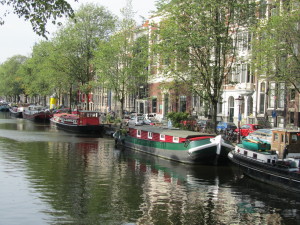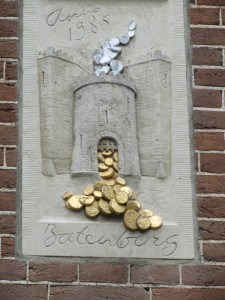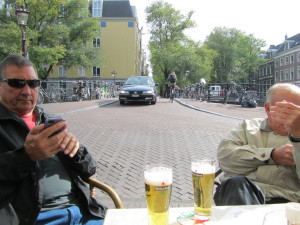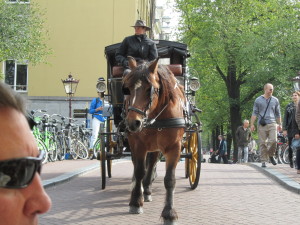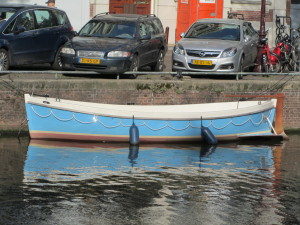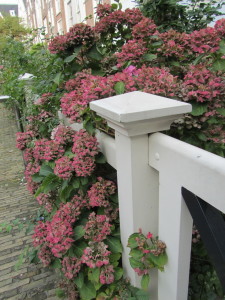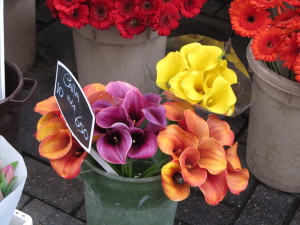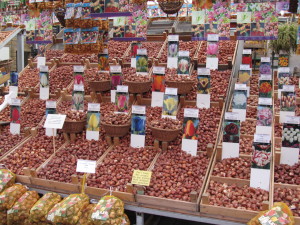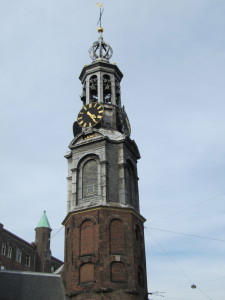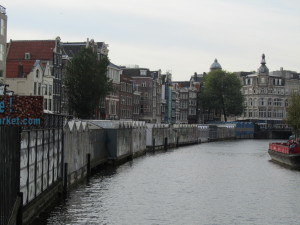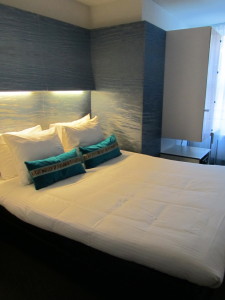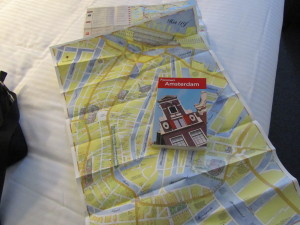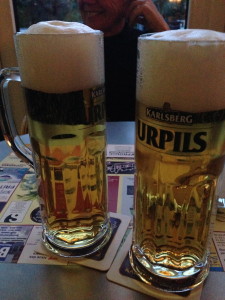We were still underway in the morning, cruising the winding Moselle, with its steep vineyards and quiet villages under, of course, overcast cloudy skies. All in all a leisurely morning!
After lunch, we boarded a bus for our trip through the countryside to Luxembourg, the city in the Duchy of Luxembourg. One of the smallest sovereign nations in the world, Luxembourg is the founding Capitol of the European Union, begun in the fifties as a result of a commodity agreement (coal and steel) between France and Germany. Luxembourg is the site of the European Central Court System. It is wealthy area with its wealth based mostly in its financial sector, with prestigious banks from across Europe present. It is also corporate headquarters of Amazon and Skype, among others. Due to American tax laws, Luxembourg banks will not accept deposits from Americans – unless they show up with a suitcase filled with 50,000 euros.
We traveled through the suburbs of the city with its contemporary architecture and mostly financial businesses. We went into old town to the city center, stopped at the statue perched on an obelisk, visited the Cathedral of Notre Dame, the Palace of the Grand Duke, passed the Hotel de Ville. Our tour of the city center streets ended with a glass of Cotes-de-Provence rose in the square overlooking central shopping. Luxembourg currently has brightly painted elephants around town which be auctioned off to raise funds for a save-the-elephants foundation. Our tour guide was from Arkansas, married to a German professor. Much of her discussion concerned the history and evolution of language and how Luxembourg has successfully integrated French, German, and the Luxembourgese through their educational system. Â Â We saw the Luxembourg allocated gardens the equivalent of community gardens in US – but they seemed a little neater and better tended. We saw case mates (historic castle battlements) and the millennium memorial installed by the city to commemorate its 1000 anniversary in 1963 on the site of subterranean tunnels and barracks, which are designated as a UNESCO World Heritage site. It was founded in 963, on a rocky promontory by Sigefroid, Count of Ardennes. Due to its location and strategic position, it has been controlled by Spanish, Austrian, French, and Prussian forces.
Our next stop should have been the WWII cemetery in Luxembourg, but due to the US government shutdown, the cemetery was closed. More than 5,000 military dead are buried here, many from the Battle of the Bulge. General Patton, himself, is buried there rather than Arlington National Cemetery, since he wanted to be buried with his men.


